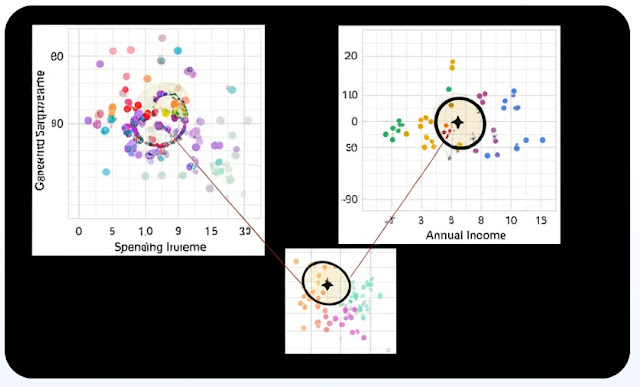Exploring Quantum Computing Applications in Genomics, Medical Imaging, and Patient Data Analysis

Introduction Quantum computing, a revolutionary paradigm leveraging the principles of quantum mechanics, is poised to transform various fields, including healthcare. Unlike classical computers that process information using bits (0s and 1s), quantum computers use quantum bits or qubits, which can exist in superpositions, enabling exponentially faster computations for specific problems. In healthcare, quantum computing holds immense potential for applications in genomics, medical imaging, and patient data analysis. These areas require processing vast datasets, optimizing complex algorithms, and solving problems intractable for classical computers. This chapter explores how quantum computing can enhance these domains, addressing current challenges, potential applications, and future implications. Quantum Computing in Genomics Genomics, the study of an organism's complete set of DNA, involves analyzing vast amounts of genetic data to understand biological processes, disease mecha...
